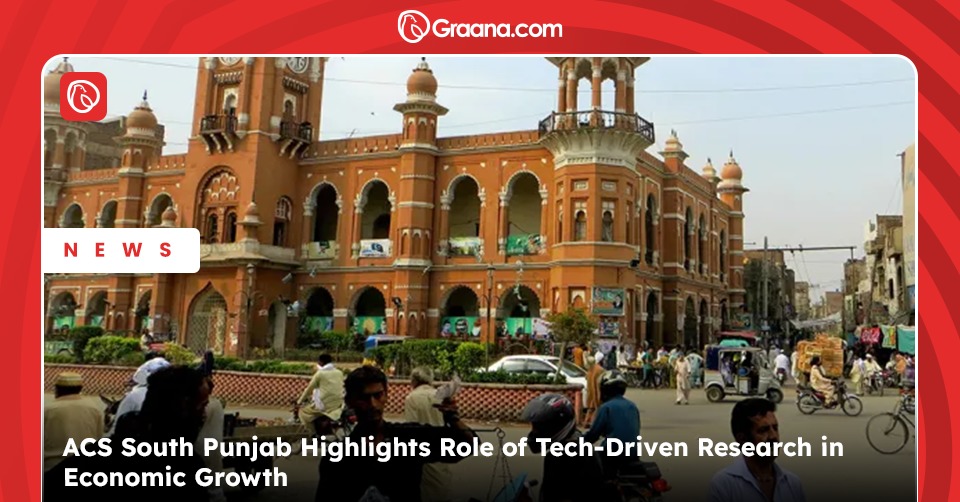The use of technology can not be ruled out, it has become a permanent part of our lives owing to its increased application. Construction industry is among the industries that is heavily characterized by the use of technology, from the use of 3D printers to the use of Building Information Models, there exists a whole framework of technology and its usage in the construction sector. In the past few decades, the use of technology has increased the productivity and efficiency in the construction industry; all the stakeholders from architects to builders show a keen interest in the use of technology and it works as a right hand.
Graana.com through this blog brings forth the concept of ‘Building Information Modelling (BIM) which pertains to the use of digital models in construction. The BIM increases the efficiency of the construction and it gives an all-round view of the building from its beginning to conclusion.
What is BIM
Building Information Modelling is a process of managing information through the digital modelling of an asset. That is to say that, a structure prior to the construction is replicated digitally which integrates data of different layers of the buildings to produce a 3D representation of an asset. It also involves a collaboration of various stakeholders for making the process of construction easy for avoiding discrepancies in the construction process. BIMs can be designed to suit a particular purpose for example structural analysis and building performance simulations. The digital representation of the assets makes it easier to detect the clashes in the physical aspects of the buildings.
Technical Visualisation
One of the foremost advantages of BIM is that it provides a basis for project meetings and public relations. It is in the favor of every stakeholder to visualize a building before its construction or show a project to the consumer or the management therefore, the technical visualization becomes an important tool of transformation in the construction and the real estate sector. It is being estimated that by 2024, 89pc of the architects will move to the use of BIM whereas 60pc of architects are already using the BIM in their projects. The technical visualization also helps to describe the complex procedures behind the construction and how a project will be developed over a period of time.
Coordination among Stakeholders
The involvement of various stakeholders and players in the construction industry demands coordination across all the levels which BIM helps to resolve. This helps to increase communication which helps to resolve the conflicts among the various stakeholders. Furthermore, the conception of buildings through BIM models keeps the stakeholders engaged which helps to track the performance of a building in the most comprehensive manner. Often, the buildings involve technical drawings which are unable to perceive otherwise and can only be understood by the experts of the field. At such a point, the BIM models can prove to be handy.
Effective Cost Estimation
Managing construction costs while delivering the best quality is the motive and objective of every developer. BIM also acts as a tool for effective cost estimation during the whole process of construction by minimising the chances of errors and giving project managers great confidence over there. This is the biggest privilege which the BIM model offers to the contractors, site managers and other stakeholders for saving the cost while giving the maximum output. Cost estimation is dependent on the Work Breakdown Structures developed using various data structures according to the requirements of the various companies. Megaprojects often sponsored by a state adopt a cost estimation model under BIM, some states often have a regulated cost estimation model.
Virtual Design and Construction
BIM also leads a way for the virtual designs of the buildings. The virtual designs help to anticipate the designs of the buildings and the loopholes which do not emerge during the construction process. Virtual Design and Construction (VDC) helps to aid the process of design and construction. The primary difference between the VDC and BIM is that the output in BIM is an information model while the VDC uses the information model as an input. As mentioned earlier, one of the most important tasks of BIM is to create a connection between the various stakeholders, Virtual Designs are also evolved through the process of consultation among the stakeholders.
Get to know more about smart construction technologies on Graana Blog.




